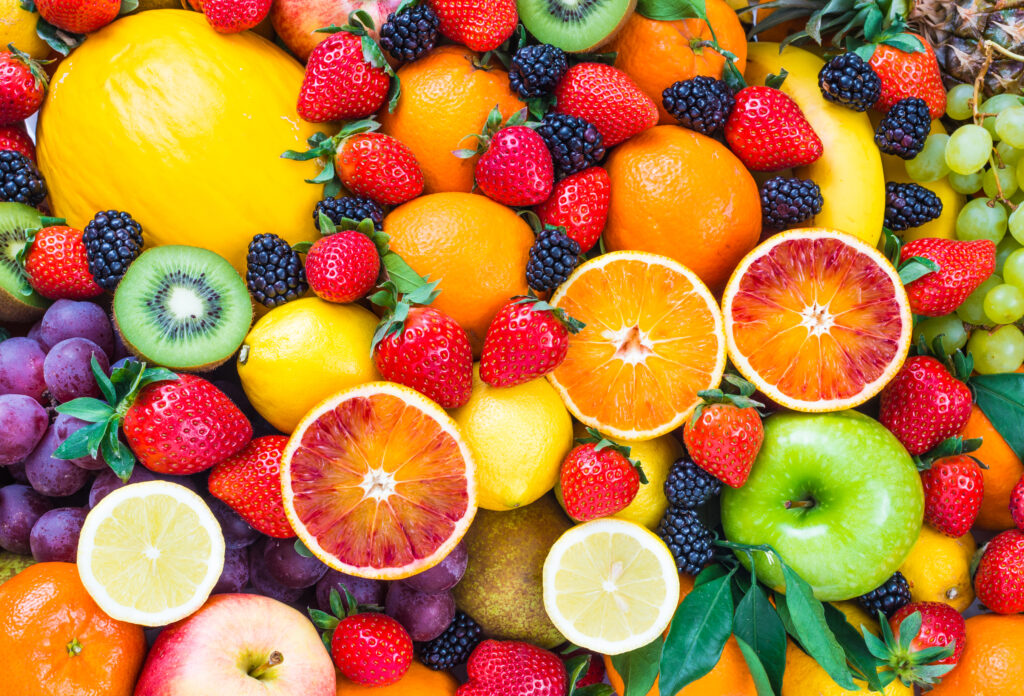
By: Cheryl Gray
Versatility. Safety. Efficiency. Temperature control. These are just some of the benefits that experts say boilers provide craft brewers and distillers.
Among the most popular options are steam boilers. Steam is considered an efficient method for heating processes because it evenly – and quickly – transfers a large amount of heat. Steam volume and velocity play important roles in this process. Sizing a steam boiler to fit the capacity needs of a brewery is also important. Too small a boiler will not do the job. Too large a boiler will lead to short-cycling, which will cut the life of the boiler and cause other problems.
In a brewery, the kind of heat that steam boilers use is essential for processes such as boiling wort, keeping fermentation on point, creating flavor profiles, cleaning production areas and sterilizing equipment.
For distilleries, steam from boilers is as important as air to breathe. Boilers can produce an abundance of hot water at specific temperatures, a critically important function for replicating spirit recipes with a precision that guards against compromising product flavors.
Among the companies with expertise in manufacturing steam boilers for breweries is
Hurst Boiler & Welding Company, Inc., which is headquartered in Coolidge, Georgia. The company was founded in 1967 and has since expanded its campus to nearly 17 acres, home to a 314,000-square-foot manufacturing plant that builds all types of boilers for clients worldwide.
In going through a checklist for boilers, Hurst points out that many of its brewery clients also prefer steam models because they are non-flammable, unlike direct-fired heating options. Pressure relief valves are another feature that helps to ensure safe operation. Steam generated from boilers is also versatile since it can be used for multiple brewery operations beyond heating, such as powering mechanical equipment like pumps and motors. When it comes to cleaning, steam is known for its sanitizing properties. It kills bacteria and other microorganisms that can contaminate brewery products. Breweries can also use the steam to sterilize containers and packaging materials. Another good feature of boilers is that the steam created is environmentally friendly, giving users an option other than direct-fired heating, which is dependent upon fossil fuels. Finally, steam boilers are environmentally friendly. Steam can be generated using renewable sources, such as biomass or by way of energy recovery systems.
A rundown of popular Hurst products includes the Hurst Series 4VT Steam, a 4-pass, high-pressure vertical tubeless boiler. The company describes its Cyclone Steam Boiler with features that promise high efficiencies, lower fuel costs and rugged construction, including 6-100 HP, 201-3,450 MBTU/HR and steam to 250 PSI. The Hurst product has a compact design, comes factory assembled and is fully automatic and easy to install.
The product can also reduce NOx, or nitrogen oxide, which are poisonous to humans. This group of chemical compounds can cause respiratory issues and other types of illnesses, which is why it is important to minimize their presence in breweries and distilleries.
Hurst also has a line of firebox boilers, including its Hurst Series 45 and 100 Firebox Boilers. Its 3-Pass Firebox Packaged Boiler features a flexible three-pass boiler design that provides options for fuel flexibility, including gas, oil and combinations of gas and oil. It features 7.4-650 HP, 248-21,759 MBTU/HR, steam up to 15 PSI and hot water up to 100 PSI. The products are designed with the thickest, industry-wide boiler steel for 5 PSI steam/30 water. Features also include a unified refractory base floor, steel skids and lifting eyes.
Miura America Co., Ltd. is another boiler company specializing in steam boilers. This global company, based in Japan, has its United States headquarters in Rockmart, Georgia, with regional offices throughout the U.S. Experts at Miura say that many of its distillery clients consider the steam boiler an irreplaceable part of their operations. Those experts add that not only do distilleries need a limitless supply of water, but proper temperature control of water used in distilleries lowers the risk to workers and avoids compromises to the quality of products. Steam allows distilleries to add their finishing touches and helps to ensure the flavor profiles of the distillery products.
Steam boilers can also be used to control the temperature of an entire distillery operation. For example, many distilleries have a tasting area for visitors to try products, and some also offer tours. Both of these guest areas need air temperature control, and steam boilers can help with properly controlled steam heat. Miura considers the steam boiler the best industrial option for distilleries. The company says its boilers can start producing steam within five minutes of a cold start-up. That makes things cost-efficient for distilleries that don’t have a need to operate 24 hours, seven days a week. The company also boasts that its steam boilers are easy to maintain. Inspections take far less time as compared to other boilers. In addition, if a distillery has more than one steam boiler, it means that while one is undergoing inspection, the rest can continue operation. These are options that help distilleries stay on production schedule.
Miura offers a variety of boiler options, including industrial steam boilers for breweries and distilleries, such as its ultra-low NOx steam boilers. The company designs the steam boilers for the present and future needs of the brewery and distillery clients it serves. Touting a compact design and easy operation, Miura also has modular boiler systems that assist in lowering operation costs and help meet fluctuations in steam demand. The boilers don’t have to operate around the clock, which saves time, boosts productivity and drastically reduces NOx emissions. The company’s multiple boiler system designs include a backup boiler with a smaller footprint that doesn’t have to run all the time. Start-up breweries and distilleries can add capacity to their boiler rooms as their businesses grow, thus avoiding more costly upfront expenses. Safe operation is another major feature, with greater accessibility, easier system testing and the elimination of sight glass. Miura says its boilers maintain low-volume water in their tubes, thus limiting the dangerous risk of pressure vessel failures.
Olympic Distillers, headquartered in Port Angeles, Washington, makes distilling equipment of all types, including a full line of copper moonshine stills and beer keg distillers. The company provides a variety of stainless-steel equipment along with kits and parts. Olympic Distillers also has a full line of micro-distillery equipment for craft distillers.
Among their boiler products is the Jacketed Bain Marie Style Boiler, a 26-gallon model designed to prevent scorching. The boiler is equipped with a 240V dual-element heater controller. The boiler’s features include a pressure relief valve, lighted overhead sight glass and a 10-inch access door. Its heating elements draw 4500w each. The still connection is a six-inch tri-clamp, and adapters are available to fit a four-inch flute on the boiler. There is another version of this product with a 53-gallon capacity and a 12-inch access door. The still connection is an eight-inch tri-clover.
Still smaller is the Jacketed Bain Marie Style Boiler, which has a 13-gallon capacity. This boiler, intended mostly for at-home distillers, is copper-lined and made from food-grade 304 stainless steel. It is 100 percent TIG welded and available with a two-, three- or four-inch copper lid. The two-inch tri-clover element port accepts Olympic’s single-element 4500w/240V electric heater.
Another product is the Single-Wall Boiler with a 53-gallon capacity. This boiler is made from 304 stainless steel. It comes with an agitator and 220V dual-element heater controller. The agitator is 240V 120w and 0.9 amps 1600 rpm. The still connection is four inches.
From steam to other options, boilers play an integral role in breweries and distilleries of every size. Experts say that steam options are becoming increasingly popular for every reason, ranging from environmental integrity to cost-effectiveness. Consulting with an expert company is the first step to determining proper boiler equipment for current needs as well as for expansion in the future.








